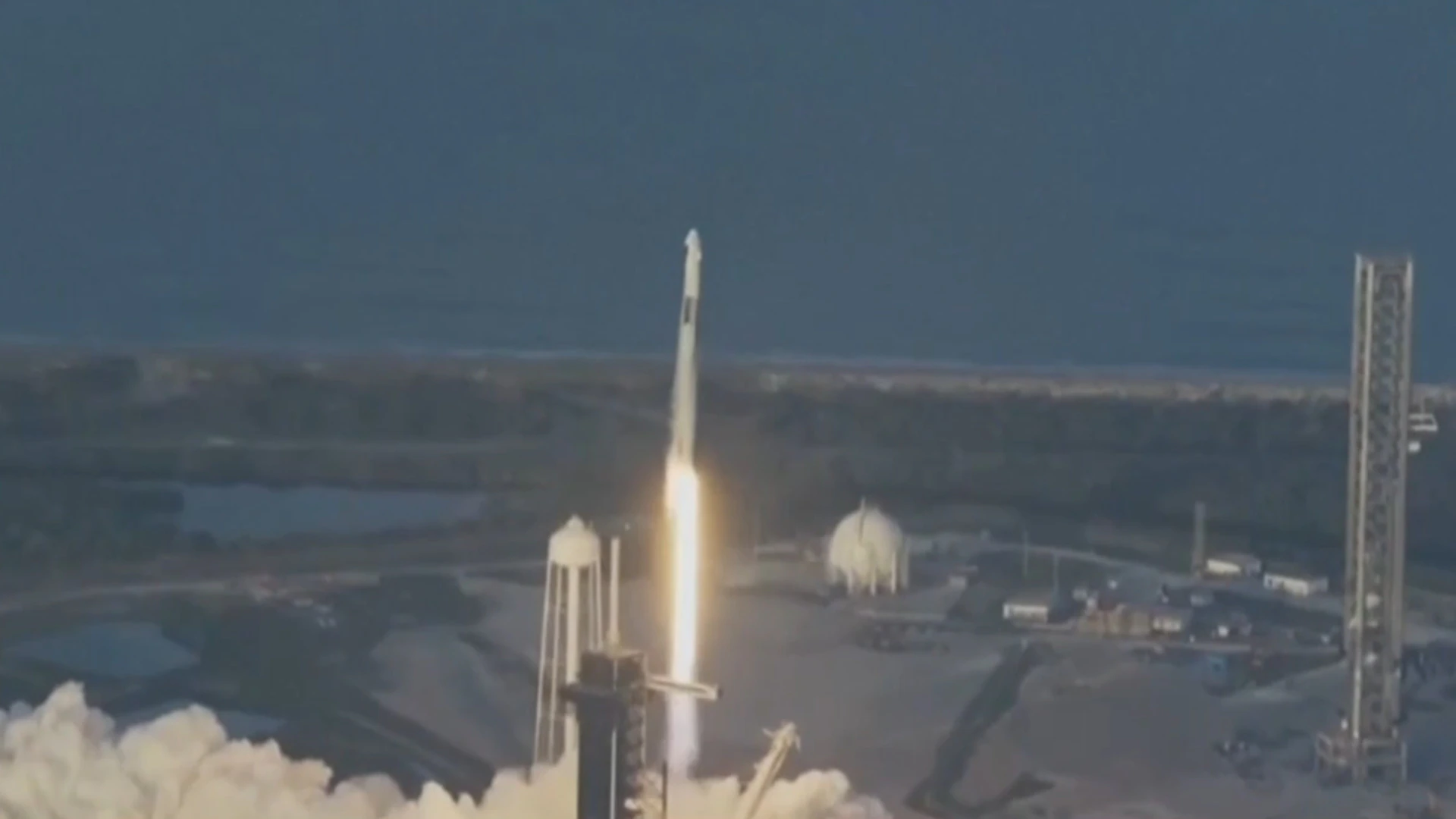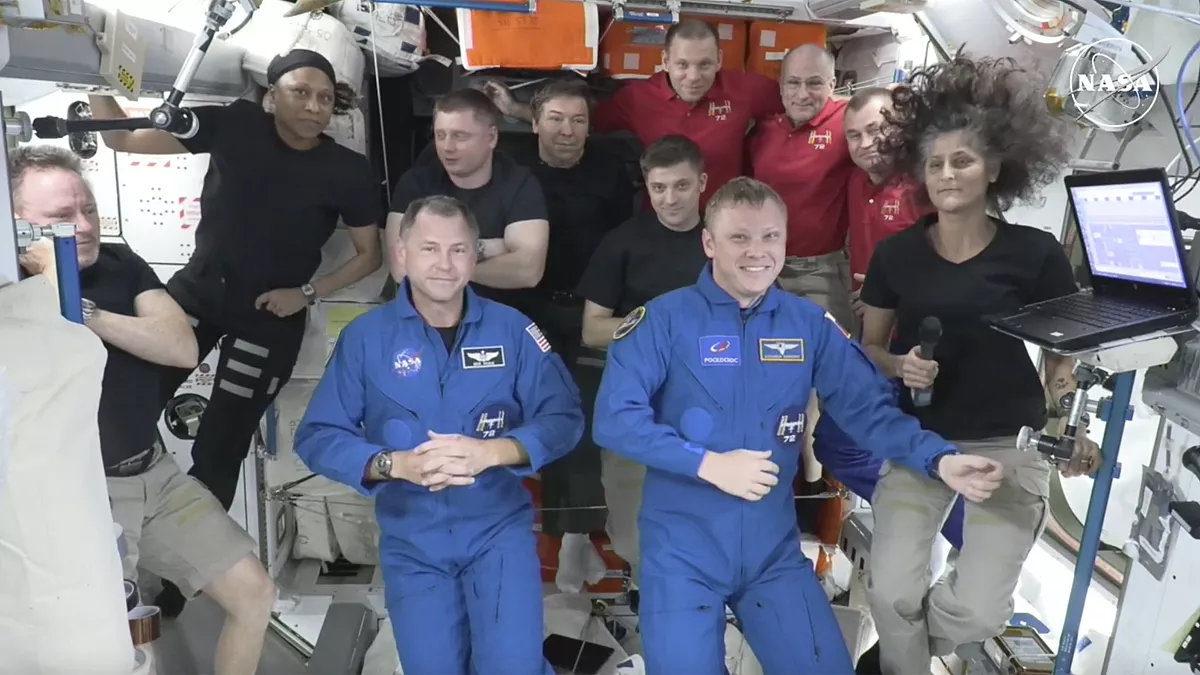A critical milestone was achieved today as SpaceX’s Crew-10 mission successfully docked with the International Space Station (ISS), marking the first step in bringing home two NASA astronauts, Butch Wilmore and Suni Williams, stranded since June 2024. Launched from Kennedy Space Center on March 15 aboard a Falcon 9 rocket, the Crew-10 team—four new astronauts—arrived at the ISS early Sunday, March 16, replacing Wilmore and Williams, who have been stuck for nine months due to issues with Boeing’s faulty Starliner capsule. This operation, overseen by NASA and SpaceX, sets the stage for the stranded duo to return to Earth later this week, restoring hope for their families and showcasing American ingenuity under President Donald Trump’s leadership. At CGN Network, we’re celebrating this triumph, praising U.S. space dominance, and urging continued action to secure America’s future in space.
The Crew-10 mission lifted off at 7:03 p.m. ET on Saturday, carrying astronauts Don Pettit, Nick Hague, Kirill Peskov, and Alexander Gorbunov to the ISS. After a 16-hour journey, their Dragon capsule docked seamlessly, greeted by Wilmore, Williams, and the station’s other crew members with hugs and handshakes, visible in live NASA footage. This handover ensures the ISS maintains its full complement of astronauts, critical for ongoing research and maintenance, while paving the way for Wilmore and Williams to join NASA’s Crew-9 mission for their return.
Wilmore and Williams, veteran NASA astronauts and retired U.S. Navy test pilots, launched on Boeing’s Starliner in June 2024 for what was meant to be an eight-day test mission. However, thruster malfunctions and helium leaks grounded the capsule, forcing them to remain on the ISS. They’ve adapted, conducting scientific experiments and routine tasks, but their extended stay—now 270 days—has tested their endurance and families’ patience. With Crew-10’s arrival, NASA confirmed the stranded pair will depart the ISS on Wednesday, March 19, aboard the Dragon capsule, splashing down off Florida’s coast, ending their unexpected odyssey.
This milestone highlights SpaceX’s pivotal role, under Elon Musk’s leadership, in rescuing American astronauts. The company’s Dragon spacecraft, reusable and reliable, contrasts with Boeing’s Starliner struggles, which have cost taxpayers billions and delayed U.S. space ambitions. President Trump, in a March 16 X post, hailed the operation as “a massive win for America—SpaceX and NASA showing the world our space superiority!” The post, with 1.8 million likes, underscores his administration’s focus on revitalizing U.S. space leadership, rejecting what critics call Biden’s “space stagnation.”

The operation wasn’t without challenges. Rough weather delayed the Falcon 9 launch twice, but SpaceX’s precision engineering ensured a flawless liftoff and docking. NASA’s decision to integrate Wilmore and Williams into Crew-9, rather than launching a dedicated rescue mission, reflects budget constraints and operational needs, but it also showcases American resourcefulness. The astronauts, eager to reunite with their families—Williams especially mentioned missing her two dogs—expressed gratitude in a live ISS broadcast, crediting SpaceX and Trump’s vision for their impending return.
At CGN Network, we see this as a triumph of America First innovation, proving U.S. space dominance over foreign competitors like Russia’s Roscosmos and China’s CNSA. SpaceX’s success, bolstered by Trump’s 2025 space policy—doubling NASA’s budget to $30 billion and prioritizing commercial partnerships—contrasts with Boeing’s failures, which cost $4 billion since 2010. We praise Musk’s grit, Trump’s leadership, and the astronauts’ resilience, urging continued investment in American space tech to keep us ahead. This milestone isn’t just a rescue—it’s a launchpad for America’s galactic future.
